By Patrick J. Chaisson
In utter silence, the saboteurs carefully wired their target for demolition. All knew even the slightest noise might alert sentries to their presence underneath the Occoquan Creek bridge in northern Virginia. Finally, with explosives and detonators in place, the team of infiltrators made their escape undetected by patrolling watchmen.
During World War II, thousands of would-be secret agents roamed rural Maryland and Virginia while learning the “ungentlemanly arts” of espionage, covert action, and irregular warfare. These operatives in training belonged to the U.S. Office of Strategic Services (OSS), the first national-level intelligence organization. Soon they would put their skill and nerve to the ultimate test—as clandestine warriors fighting far behind enemy lines.
On July 11, 1941, President Franklin D. Roosevelt took a momentous step toward centralizing America’s intelligence-gathering efforts when he authorized the office of the Coordinator of Information (COI). In doing so, FDR hoped to create a single agency responsible for sorting and analyzing reports collected by more than a dozen U.S. diplomatic, law enforcement, and military establishments. Chosen to head the COI was prominent Wall Street attorney Colonel William J. Donovan.
Donovan, who had earned the nickname “Wild Bill” along with a Medal of Honor for heroism in World War I, took to his task with characteristic energy and enthusiasm. A man of extraordinary vision, he foresaw a growing role for secret intelligence and special operations activities in the conflict already engulfing much of Europe and Asia. America’s newest spymaster resolved to build what would become his nation’s contribution to this “shadow war.”
The COI faced enormous challenges in just getting off the ground. Other information-collecting bodies—among them the State Department, Army, Navy, and Federal Bureau of Investigation—deeply resented Donovan’s intrusion into their traditional domain and often obstructed his directorate’s early efforts.
Things started to change after Pearl Harbor, perhaps the worst intelligence failure in modern American history. A presidential order dated June 13, 1942, significantly expanded Donovan’s responsibilities while reorganizing the COI under a new name—the Office of Strategic Services (OSS). Its mission, in the words of histo- rian Thomas Troy, was to “collect information, conduct research and analysis, coordinate infor- mation, print and broadcast propaganda, mount special operations, inspire guerrilla action, and send commandos into battle.”
Donovan’s immediate problem was how to staff and organize this unconventional civilian-military organization. The U.S. armed forces rarely practiced covert warfare, and its diplomatic corps tended to look down on the practice of espionage. Famously, an American codebreaking operation was halted in 1929 because in then-Secretary of State Henry Stimpson’s view, “Gentlemen don’t read each other’s mail.”
The British, long acknowledged as masters of intrigue, were eager to offer their assistance. In Bill Donovan they found a willing ally; he frequently traveled to the United Kingdom for conferences with officials of Britain’s Secret Intelligence Service (SIS) and Special Operations Executive (SOE). William S. Stephenson, head of the British Security Coordination office in New York, was a friend and mentor who first encouraged President Roosevelt to consider selecting Donovan as Coordinator of Information.
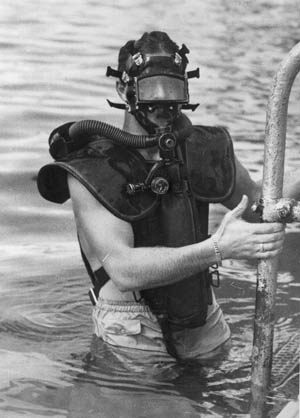
With British assistance, an organizational model slowly took shape. Ultimately, OSS formed 12 major branches: Special Operations (SO) and Operational Groups (OG) performed paramilitary, direct-action operations. Secret Intelligence (SI), X-2 (Counterintelligence), and Research and Analysis (R&A) branches focused on espionage activities and intelligence study. Morale Operations (MO) handled propaganda, while Research and Development (R&D), a Maritime Unit (MU), and the Communications (Commo) branches provided special capabilities to field agents. Finally, the Administrative Services and Personnel Procurement branches managed OSS’s Washington D.C. headquarters. A Schools and Training (S&T) branch was added in 1943.
Armed with an almost unlimited budget and the benefit of his years as a Washington insider, Donovan began the work of hiring prospective agents. His initial recruits tended to be associates from the legal and academic worlds. Urbane, well educated and often fluent in several languages, these selectees were perceived by some as effete, Ivy League elitists—leading to the snide comment that OSS stood for “Oh So Social.”
No one then quite knew what kind of person would make a good agent. William Stephenson’s aide, a Royal Navy lieutenant commander named Ian Fleming (later to create fictional super spy James Bond), suggested the Americans appoint as intelligence officers men of “absolute discretion, sobriety, devotion to duty, languages and wide experience.” Fleming further recommended their age “should be about 40 or 50.”
Donovan himself sought younger, self-reliant operatives who could think on their feet and act decisively under conditions of extreme stress. Intellect was valued as much as physical courage—everything else could be learned. The ideal OSS candidate, according to Wild Bill, was “a PhD who could win a bar fight.”
In truth, most of the organization’s first employees were hired for skills they already posessed. The so-called “bad-eyes brigade” of 900 economists, historians, psychologists, anthropologists, and political scientists who staffed R&A produced information that immeasurably assisted the war effort. Their analysis of German industrial capacity, for example, led to the Allies’ “oil plan” that all but choked off the supply of fuel for Nazi tanks and aircraft during the war’s final months.
While the scholars and administrators working in Washington required little specialized training to orient them to their duties, the same could not be said of those selected for overseas service. Donovan met with two of his branch chiefs during the summer of 1941 to address the need for training schools.
The British had in fact already established several such installations, including a new SOE facility near Toronto, Canada, called Camp X. Beginning in January 1942, several dozen American agents underwent the four-week program of instruction there. These men, all Special Operations Branch cadre, were eager to learn as they would shortly begin schooling paramilitary operatives back in the States.
At Camp X students were introduced to close combat techniques, sabotage, surveillance, codes and ciphers, maintaining a cover identity, and other elements of tradecraft. The emphasis there was on physical fitness, strict discipline, and attention to detail—all for good reason. “If there’s anything loose in the intelligence business,” warned chief instructor Major Richard T. Brooker, “you’re dead!”
Along with a suggested training curriculum, the Americans left Camp X with an assortment of teaching aids, enemy weapons, and specialized equipment for use by OSS schoolhouses. The British also sent along from Canada several officers who possessed particular knowledge in close combat fighting and maritime operations.
The first American instructors were a varied lot. Major Garland H. Williams, an Army reservist and former Federal Bureau of Narcotics investigator, headed this team. Many of Williams’ cadremen came from the Military Police or civilian law enforcement agencies. Military Policeman Lieutenant Rex Applegate taught a system of combat pistol shooting while Captain George H. White applied his considerable prewar expertise as an undercover narcotics officer to the dark art of counterespionage.
Not every instructor had a police background, however. First Lieutenant Jerry Sage (whose later exploits as a POW inspired Steve McQueen’s character in The Great Escape) sold housewares before signing on as a physical conditioning trainer. Marine Corps Lieutenant Elmer Harris previously worked for General Petroleum Company in Alaska; he now taught fieldcraft and camouflage to prospective saboteurs. Two fraternity brothers from the coal mining region of Pennsylvania, 1st Lt. Charles M. Parkin and 2nd Lt. Frank A. Gleason, became demolitions experts. “He loved to blow up simulated enemy targets,” Jerry Sage said of Gleason, at age 21 SO’s youngest cadreman.
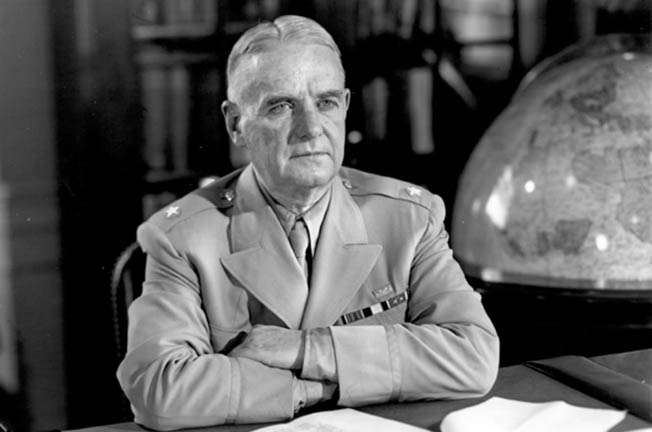
Special Operations Branch’s most memorable instructor, however, was British Army Captain William E. Fairbairn. Remembered as “Dangerous Dan” by everyone who underwent his intensive program of “gutter-fighting,” the 57- year-old Fairbairn led a colorful life even by OSS standards. Seconded from Camp X on sort of permanent loan to the Americans, this martial arts master once battled Chinese gangsters as head of the Shanghai Municipal Police’s riot squad. Rumors spread that he knew 100 ways to kill a man.
Fairbairn quickly achieved a fearsome reputation for his ruthless instructional approach to armed and unarmed combat. “Forget any idea of gentlemanly conduct or fighting fair,” the captain advised his students. “There’s no rules except one: kill or be killed.”
To illustrate his point, Fairbairn would often provoke the largest man in each class into throwing a punch at him. Dodging the blow, Dangerous Dan would then flip his would-be assailant onto the ground, face down, arm twisted behind his back. Few dared underestimate their wiry, bespectacled close combat instructor after witnessing such a display.
With a syllabus established and instructional cadre in place, freshly promoted Lt. Col. Williams next needed to find training sites suitable for the thousands of prospective saboteurs then being recruited. To Williams, an ideal camp was “situated in the country and thoroughly isolated from the possible attention of unauthorized persons.” Such a facility also required plenty of land, at least several hundred acres, and must be located “well away from any highway or through-roads and preferably far distant from other human habitations.”
Two properties that met Williams’ criteria while remaining within reasonable proximity to OSS headquarters were the Catoctin Recreational Demonstration Area (RDA) in north-central Maryland and Chopawamsic RDA, which bordered Quantico Marine Corps Base in Virginia. Both sites served as Civilian Conservation Corps work camps before the U.S. National Park Service took possession of them during the late 1930s. Significantly, Catoctin and Chopawamsic already had in place ready-made living quarters and mess halls, plus administrative and classroom buildings. Each park also offered well over 10,000 acres of forested maneuver area.
The War Department, acting on Donovan’s behalf, appropriated both areas in March 1942. Park Service officials informed the public that Catoctin and Chopawamsic had been “taken over for use in the present war effort” and were closed indefinitely. Armed guards patrolling each camp’s perimeter also deterred the curious.
Simultaneously, Catoctin RDA was being readied for another top-secret occupant. President Roosevelt had selected a portion of the park to become his new country retreat, naming it “Shangri-La” after the mythical paradise in James Hilton’s novel. Roosevelt first came to stay on July 5, 1942.
Catoctin was designated Area B, as SO Branch planned to conduct basic paramilitary training there. Those who completed OSS Basic moved on to Chopawamsic RDA, renamed Area A, for advanced instruction. In May 1943, one section of Chopawamsic was set aside as a communications school. This became Area C.
Area B received its first dozen basic trainees in April 1942. These men, part of Detachment 101, were destined for behind-the-lines operations in Burma. By May an advanced course opened at Area A. Each camp could house from 400 to 600 students, instructors, and support staff.
For a short time, both parachute and water-borne insertion techniques were taught at Area A. Eventually, though, these specialty courses moved to better facilities elsewhere. In 1943, trainees began attending jump school at Fort Benning, Georgia, while a remote strip of land at Smith’s Point on the Maryland side of the Potomac River became Area D, home of the OSS Maritime Unit.
Initially, Secret Intelligence Branch ran a basic espionage school out of Donovan’s headquarters in Washington, D.C. It opened a larger facility, codenamed RTU-11, in May 1942, at the 100- acre Lothian Farm estate in Clinton, Maryland—known thereafter as “The Farm.” To handle increased demand, the SI Basic course moved in November to a former private school near Towson, Maryland—Area E—while The Farm became home for advanced spycraft training.
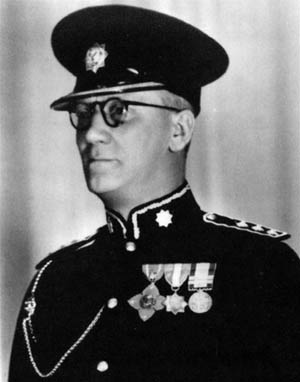
The Special Operations and Secret Intelligence branches of OSS conducted entirely separate instructional programs, the nature of which depended on each agent’s mission. SO prepared individuals and small teams to conduct independent, paramilitary operations such as sabotage, assassination, and organizing partisans. The training focus of SI was less martial. Aside from schooling students in the nuances of espionage, instructors at The Farm and Area E presented classes on propaganda, counterintelligence, and psychological warfare.
Especially at first, OSS training was often administered in a slapdash, disorganized manner. Some field agents went straight into action without even rudimentary instruction in maintaining cover or unarmed combat. Many operatives remember taking Basic Training at Area A in Virginia, while on occasion Secret Intelligence recruits attended Special Operations Basic and vice versa.
Nevertheless, some experiences were common to all OSS volunteers regardless of what they did or where they trained. Secrecy was paramount. A candidate might arrive at headquarters from civilian life or a military base (two-thirds of all agents were recruited from the U.S. armed forces) or be sent directly to the train station in tiny Lantz, Maryland. He was then loaded into a bus with blackened windows or the back of a 2-1⁄2-ton cargo truck to begin his journey into a world of deceit and danger.
Upon arrival at the training camp, each aspiring agent would quite literally surrender his identity. Put away were all personal possessions and clothing; instead, students wore an OSS-issue fatigue uniform or “sterile” Army khakis without rank or insignia. The individual also received a false name, like “Jake” or “Bill,” which became part of his cover story. Keeping one’s cover was the first and most important lesson to be learned by all operatives—unfriendly ears were everywhere, even in the training camps.
The four-week SO Basic Course included such topics as physical toughening, unarmed combat, weapons firing, fieldcraft, demolitions, map reading, and first aid. Covered as well were intelligence gathering and reporting accompanied by instruction on enemy organization and small arms.
The curriculum was specifically intended to build self-confidence and stamina. Each recruit regularly negotiated the “Trainazium,” a 40- foot tall jungle gym apparatus set atop 12 large oak poles, which had him swinging from platforms, scrambling up wooden beams, and running across narrow planks. A safety net caught the clumsy.
Fairbairn and Applegate also had built a structure officially titled their “indoor mystery range” but which rapidly became known as “The House of Horrors” by those who experienced it. Armed with a .45-caliber pistol, each nervous candidate advanced through this building “under varying degrees of light, darkness and shadows,” explained Dangerous Dan, “plus the introduction of sound effects, moving objects and various alarming surprises.” As targets appeared, the student was to fire two instinctively aimed shots. The last target was a realistic papier-mâché mannequin dressed as Adolf Hitler.
Along the “Demolition Trail,” instructors would wire small explosive charges that forcefully reminded students of the need to keep their heads down. Lieutenant Frank Gleason, who placed these squibs, recalled one young officer who broke his jaw and lost several teeth after setting off a booby trap by not crawling low enough. That injured agent was future CIA Director William J. Casey.
It was a deliberately rigorous course. “We taught them how to march and react like military men,” Jerry Sage recollected. “Then we turned our emphasis on tough training—physical conditioning, explosives work, hand-to-hand combat and knife fighting.” By the end of SO Basic, neophyte agents could conduct sabotage, survive behind enemy lines, and gather intelligence and get it into friendly hands.
Those who completed this phase often went on to Area A for a month or more of advanced instruction. The emphasis there was on the training, equipping, and organization of local guerrilla bands—a key function of OSS Special Operations forces.
Students also practiced their recently acquired demolition skills in a series of offsite field exercises. For these missions, small groups of operatives would leave the camp after dark to set mock explosives on bridges and hydroelectric dams throughout the region and return safely without being spotted by the sentinels guarding their targets.
The end of training was marked by a real-life penetration of an American industrial factory. For these schemes, recruits were outfitted with civilian attire and forged paperwork before making their way into a nearby war production facility. “The first mission we had,” Agent Geoffrey Jones remembered, “was to blow up a plant in Baltimore. What we did was put a note on the main boiler that said ‘This is a bomb’ and called up the FBI. Luckily we never got caught.”
Some novice operatives were in fact apprehended by suspicious security men. Former major league baseball catcher and OSS trainee Moe Berg successfully infiltrated the Glenn Martin aircraft factory but divulged his real mission and identity when confronted by plant officials. Somehow Berg managed to escape his predicament, eventually becoming a covert agent in Italy, the Balkans, and Switzerland.
Secret Intelligence and Communications trainees also conducted schemes. For those undergoing the three-month “commo” school at Area C, their graduation exercise sent them out 300 miles from the base station with orders to establish radio contact under frequently adverse atmospheric conditions. Using a shortwave “suitcase radio,” these operators also demonstrated their skills at encryption/decryption, International Morse code, and the use of “One Time Pad” ciphers to transmit classified information.
Students celebrated on their last night of instruction, but this event too was not all that it seemed. “The final test was a relaxing party,” Gene Searchinger said of this alcohol-fueled affair. “They wanted to see if you’d relax and give up your cover.” Here was one last lesson for these newly minted secret agents: never lower your guard under any circumstances.
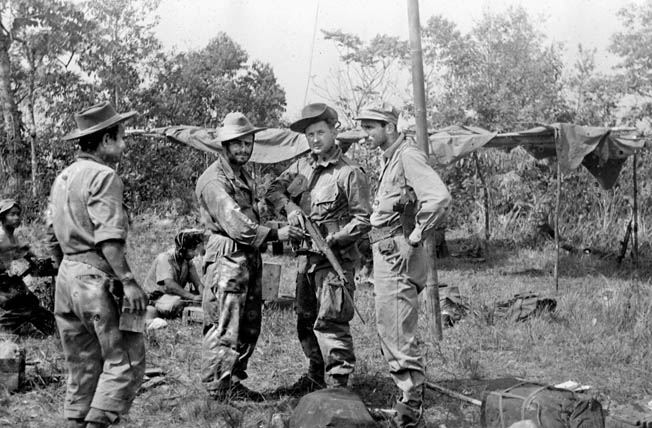
A new role for the OSS required rapid expansion of the organization’s training capacity. In December 1942, Donovan began recruiting U.S. servicemen with special language skills and cultural backgrounds into what he called Operational Groups (OGs). These units, each of which contained as many as 34 soldiers, sailors, and Marines, would then enter enemy-occupied territory to lead local resistance organizations on “hit-and-run” missions.
Unlike SO agents, who normally operated undercover and in small groups, OG teams always entered battle wearing full military uniforms. The OSS eventually inserted dozens of Operational Groups deep into Burma, China, France, Greece, Italy, Norway, and Yugoslavia.
The officer selected to train these unconventional warriors was himself a most remarkable man. One-time Czarist cavalryman and New York socialite Lt. Col. Serge Obolensky was 51 years old when he joined Donovan’s staff in 1942. Volunteering for OSS parachute training, “Sky” then underwent the week-long course offered at Area A. The tradition there was to make all five qualifying jumps in one day; by jump three Obolensky could barely walk and had to be pushed out of the plane to complete his fifth exit. But the iron-willed former nobleman won his wings.
Working with other instructors, Obolensky instituted a comprehensive course syllabus for the OGs. His six-week program consisted of “longer and more elaborate courses of physical toughening, weapons training, close combat, map reading” and similar subjects, according to the official OSS history. As established facilities could not handle this requirement, some other place for OG instruction had to be found.
The 400-acre Congressional Country Club, located just outside Washington, D.C., in Bethesda, Maryland, fit the bill perfectly. Designated Area F, this elegant resort was swiftly transformed into a training ground for America’s newest shadow warriors. A tent camp sprouted up on the tennis courts, fairways became obstacle courses, and bunkers were used for grenade practice. The Mediterranean-style clubhouse contained as classrooms, administrative spaces, and a mess hall.
For Caesar J. Civitella, who arrived there in the dead of night, Area F’s grandeur revealed itself that next morning: “We came out of the tent and thought, ‘Hey, country club living.’ But we were wrong; it was no country club life.”
Instructors just returned from combat overseas incorporated their own experiences into Area F’s curriculum of dirty tricks. Recruit Alex MacDonald called it “Malice in Wonderland,” where trainees learned to “lie, steal, kill, maim … the Ten Commandments in reverse.”
“The training was not the regular military stuff,” Civitella agreed. “It was guerrilla warfare, unconventional warfare. Blowing up rail lines and so forth. We had to get through their obstacle course one night. They had booby traps all over the course. So we did it. When you made it to the end you were at Glen Echo Park. It was mostly crawling on your belly.”
Some 400 OG recruits per cycle trained at Area F, often under the watchful eye of General Donovan (he received his first star in April 1943, making major general 19 months later) and the senior Allied officials he brought out to watch his “glorious amateurs” run through their paces. Word began to spread: aggressive, independent-minded young people who chafed under the arbitrary discipline of ordinary military life were welcome in this freewheeling, even chaotic organization.
The “Let’s do it!” spirit of OSS led to numerous recruiting challenges. One officer reported, “We were working with an unusual type of individual. Many [agents] had natures that fed on danger and excitement. Their appetite for the unconventional and spectacular was far beyond the ordinary. It was not unusual to find a good measure of temperament thrown in.”
“The whole nature of the functions of the OSS was particularly inviting to psychopathic characters,” added Lt. Col. (Dr.) Henry Murray of Donovan’s staff. Working with another Harvard-educated psychologist named James Grier Miller, Murray developed an experimental “situation test” he believed would help weed out those unsuited for field duty. It worked. Murray’s assessment system reliably identified substandard candidates and soon became a mandatory part of OSS selection.
Station S, formerly a country estate in Fairfax, Virginia, opened in January 1944. There, recruits spent 3-1/2 days undergoing examinations and problems designed to evaluate their personality, emotional stability, and aptitude for clandestine service. Evaluations conducted at Station S also screened applicants for hidden psychological issues that could endanger them, their fellow agents, or the mission.
At least 13,000 Americans served with the Office of Strategic Services during World War II. While most of these individuals never saw combat, a select few did become covert agents, saboteurs, or direct action commandos with the Operational Groups. The instruction they received, in the words of OSS veteran Jack Singlaub, “was most important for training the state of mind or attitude, developing an aggressiveness and confidence … that gave you an ability to concentrate on your mission, and not worry about your personal safety. That’s really a great psychological advantage.”
After VJ Day, all OSS training camps were returned to their previous owners. Golfers now leave divots on the Congressional Country Club’s immaculately manicured greens where once special operations recruits tossed practice grenades. And those who visit Catoctin Mountain Park and Prince William Forest Park (formerly Chopawamsic RDA) can sleep in the same cabins where fledgling agents used to rest after a session in Dangerous Dan Fairbairn’s House of Horrors.

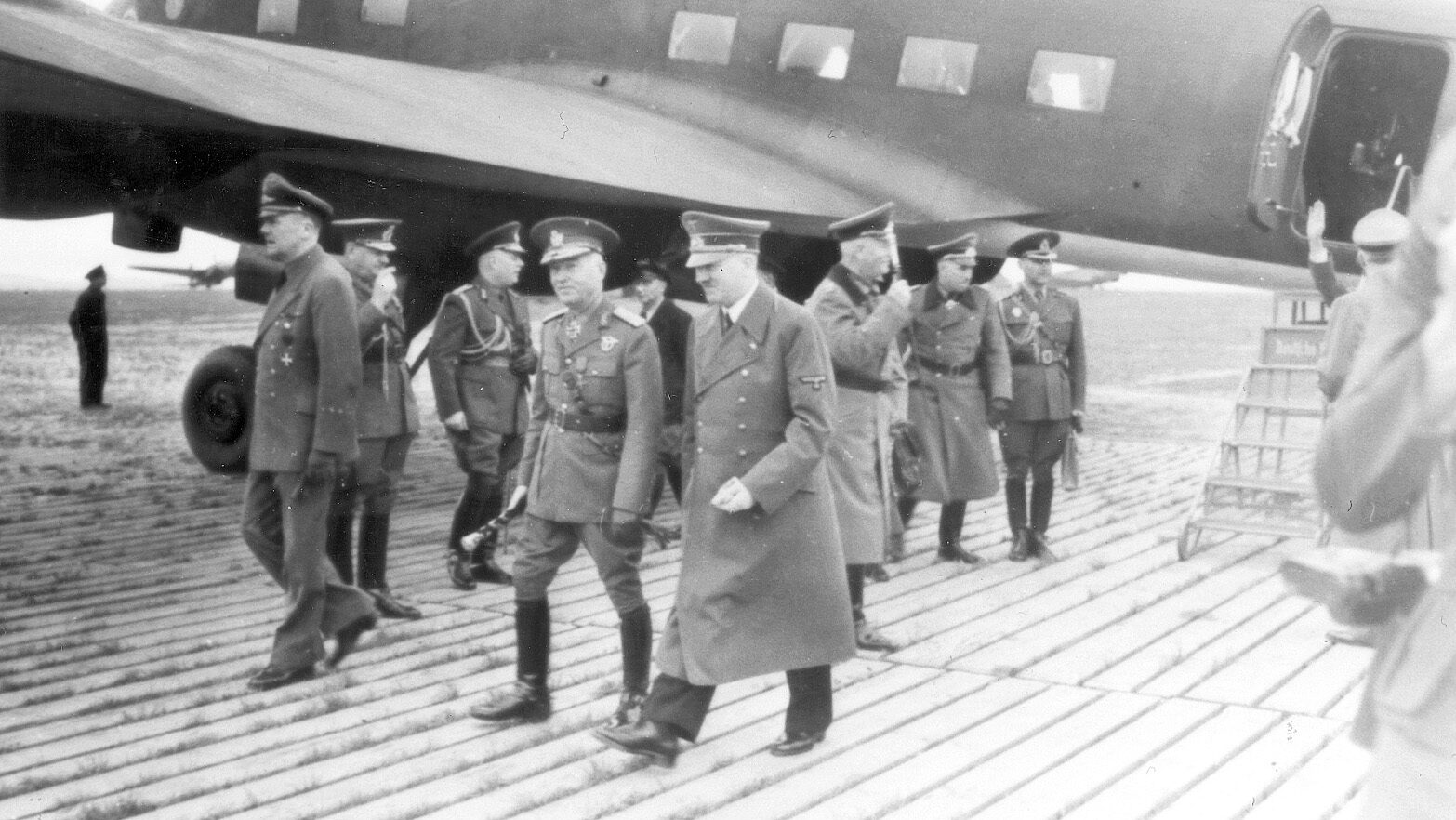
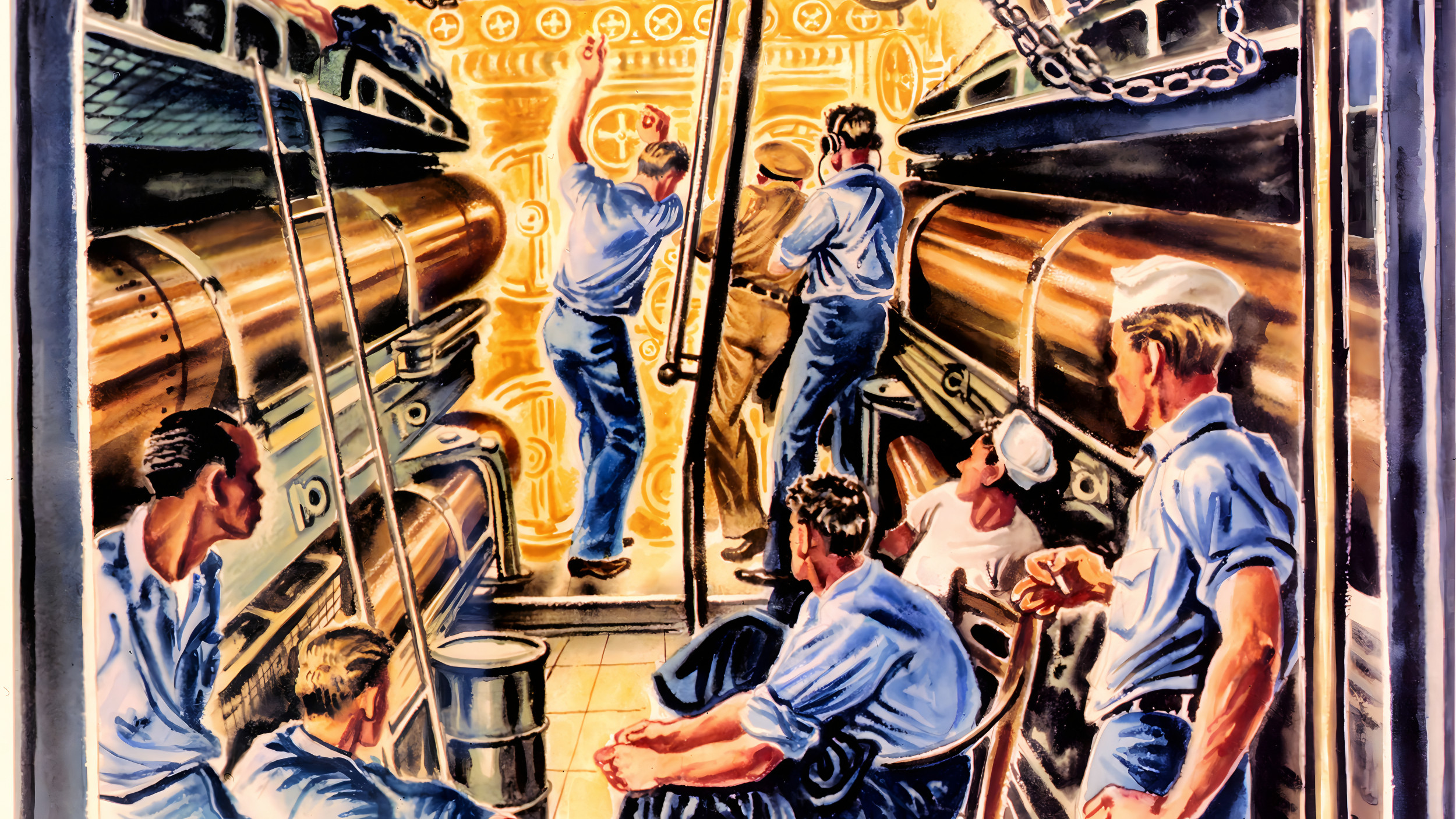
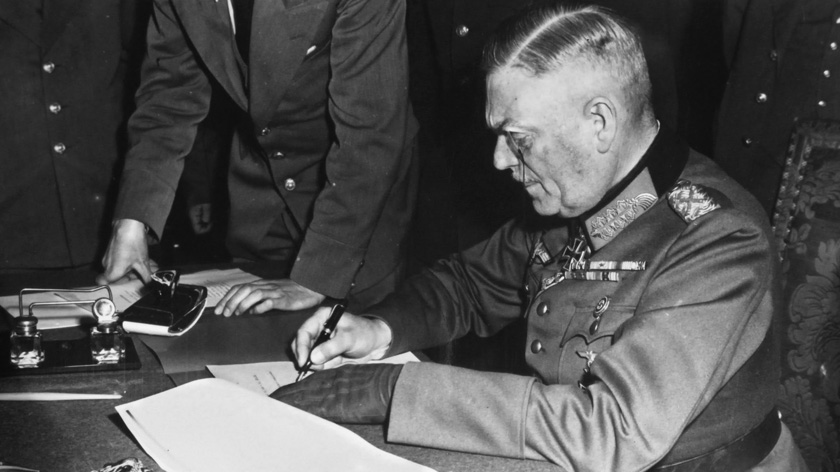
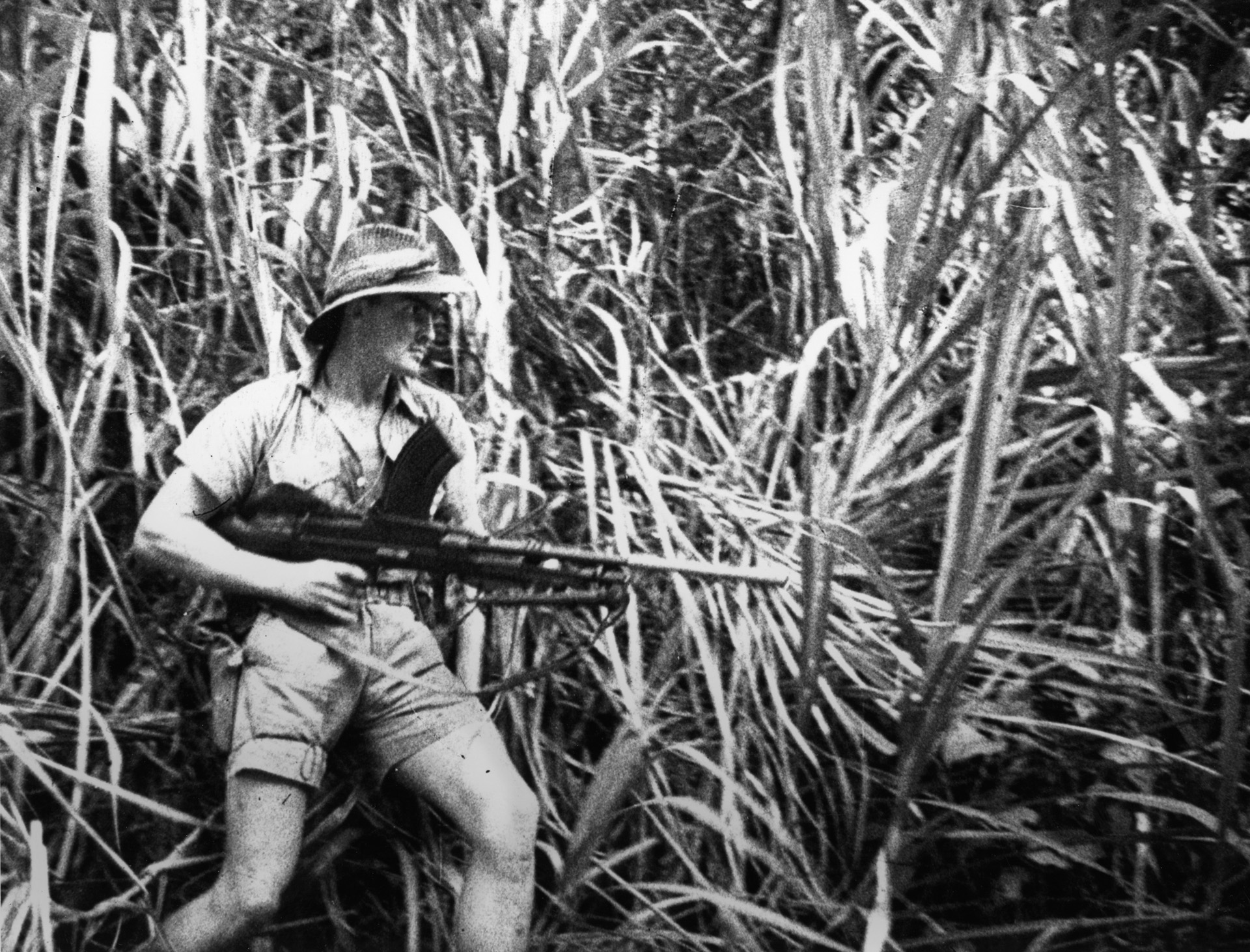
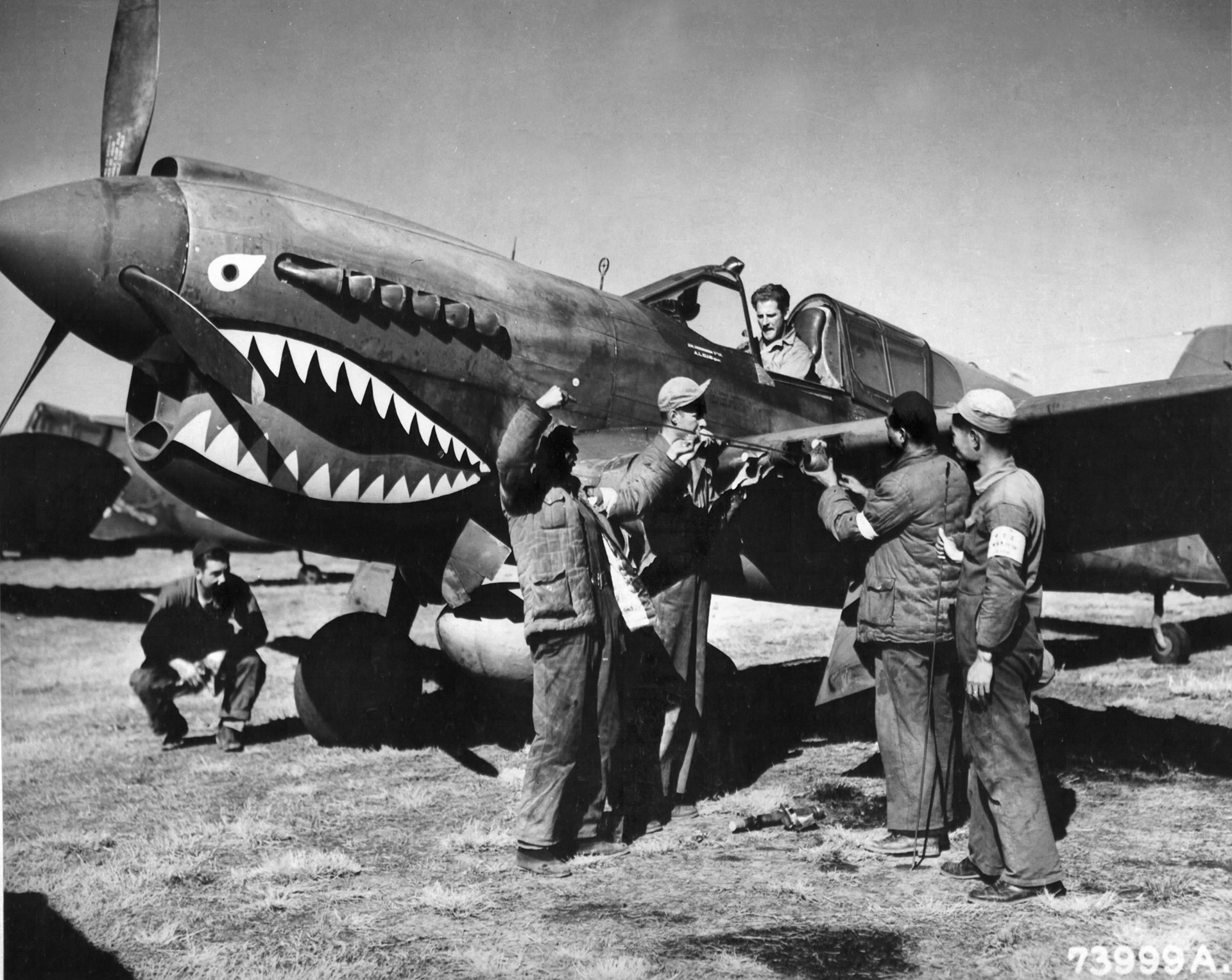
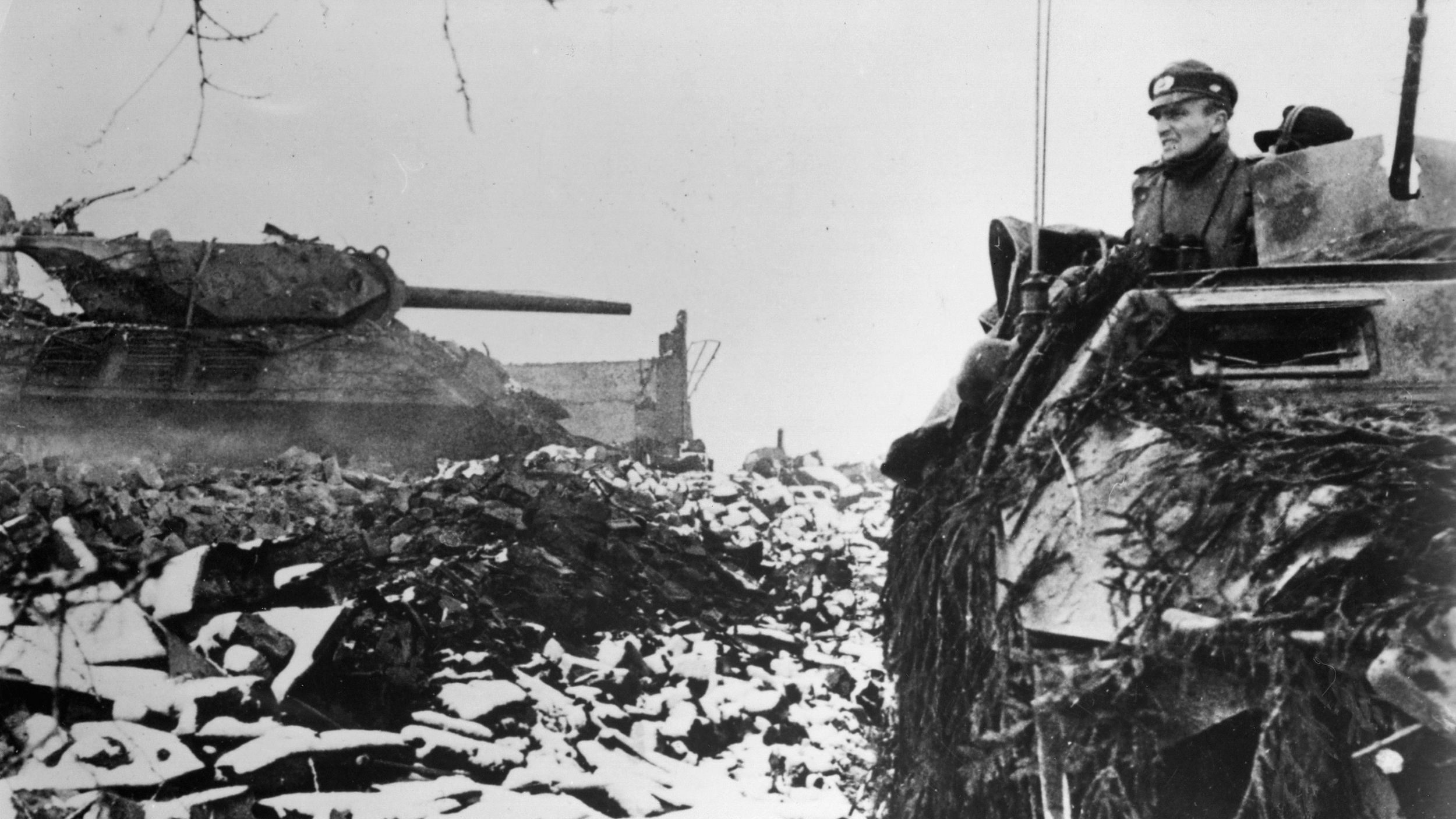
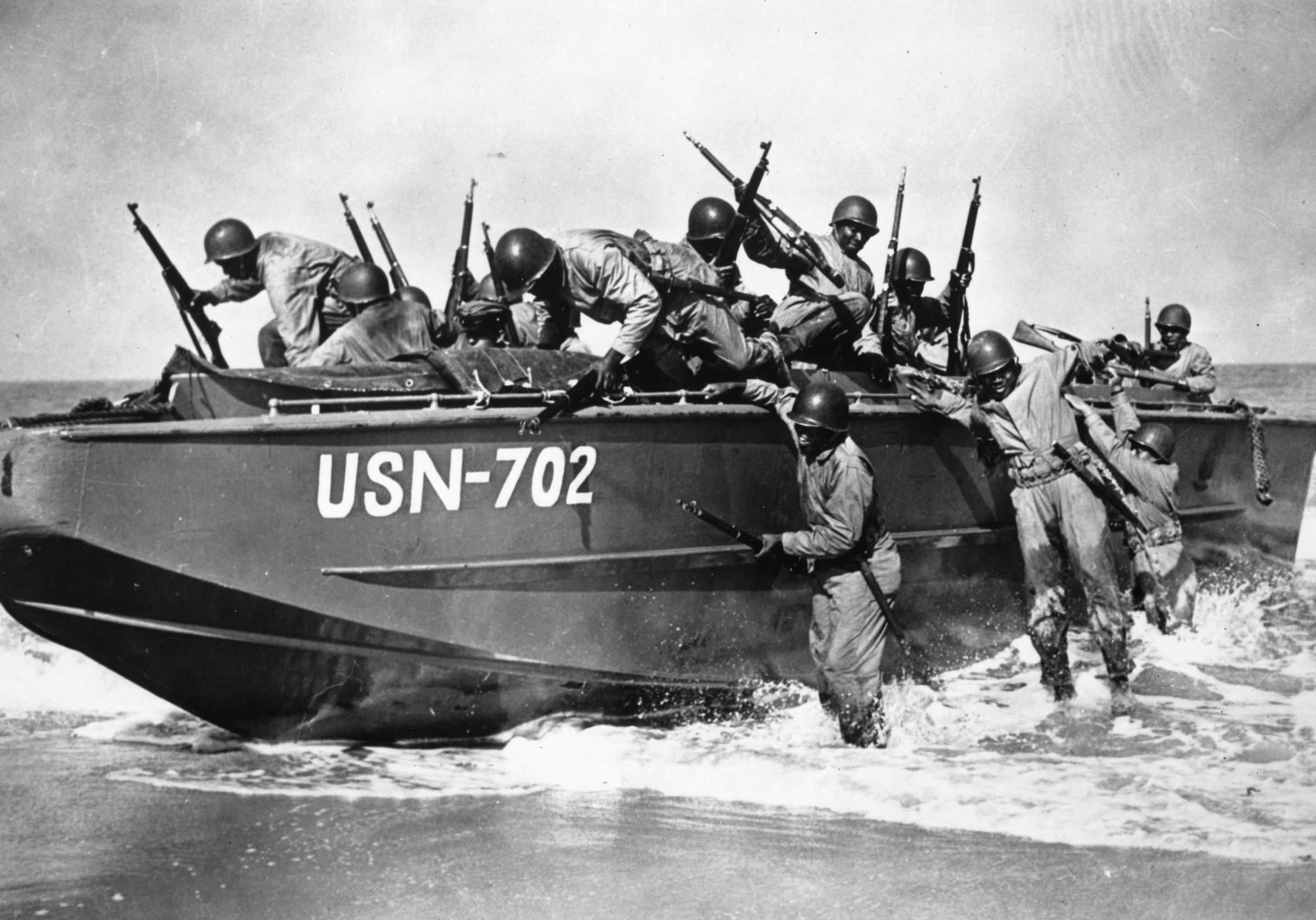
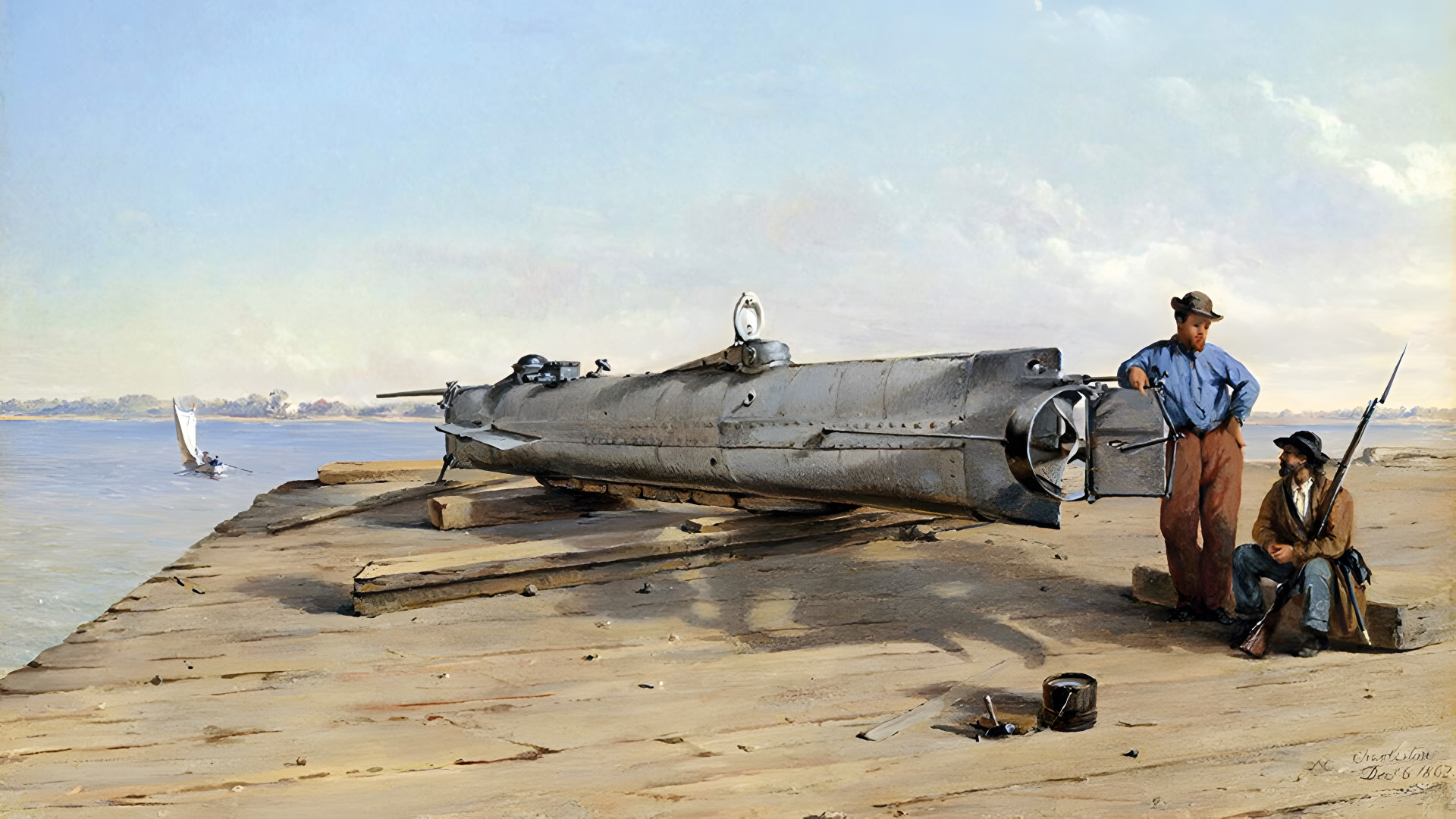
Am 84 yr. old writing second book, have character who is in army during WWII, would love to talk to someone about OS agents/facts relating their jobs, if they operated in states as well as overseas. Need the nitty gritty stuff! Or, a good reference point describing where in U.S….thanks
Thanks for the all the great info. Do you know where in Clinton the farm Rtu11 was located?
Les Greenberg
Les, did you ever get an answer to your question regarding the location of RTU-11 in Clinton, MD? If not, I can send you a map.
Ross Whistler
[email protected]
The OSS had a West Coast training center located in a former Boy Scout camp located at Toyon Bay on Catalina Island, west of Los Angeles. I had the honor of interviewing Jerry Sage for an article I wrote on the facility back in the ’80. Members of Detachment 101 were trained there, as well as Korean nationals who were trained to infiltrate Japanese-occupied Korea and OGs who were being sent to China.